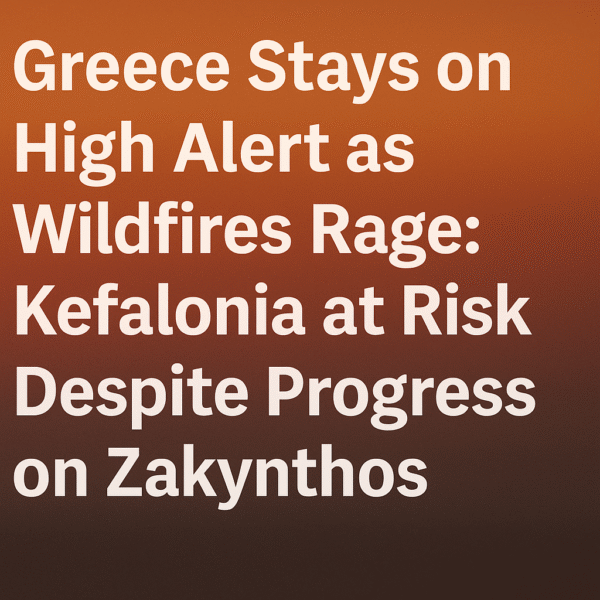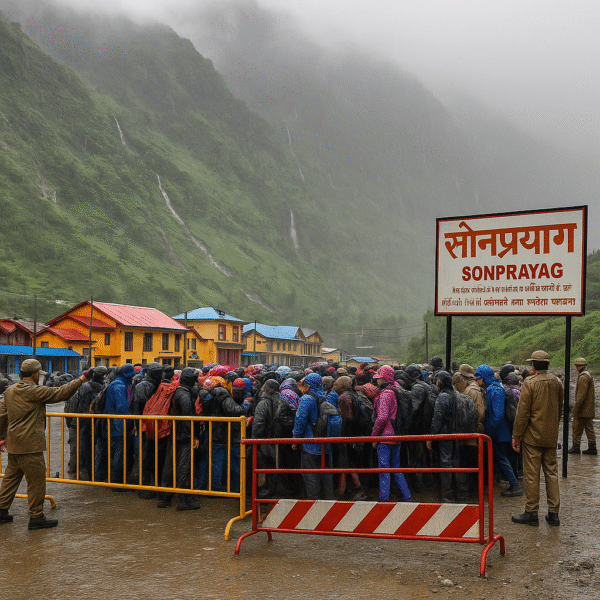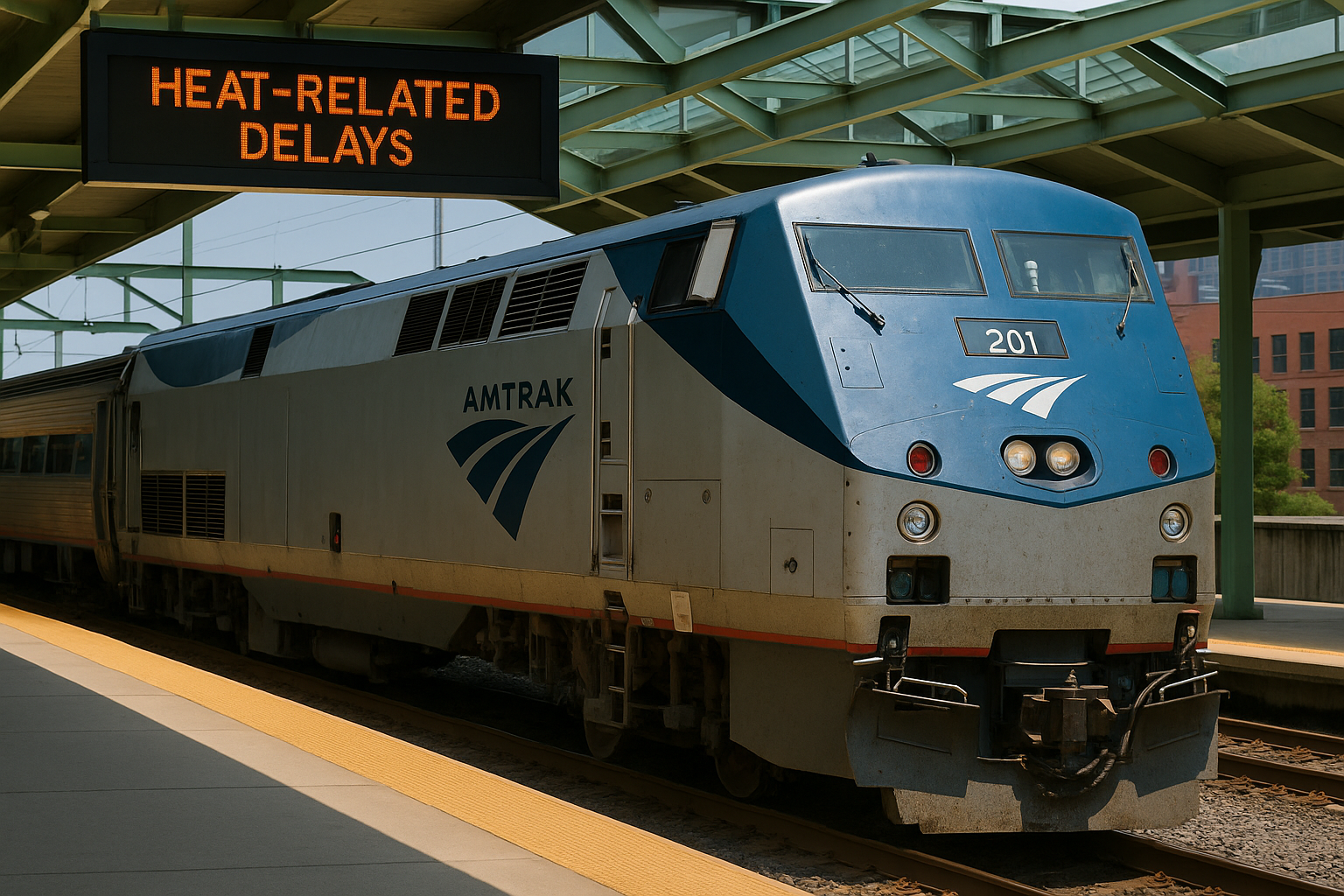Amtrak is experiencing significant disruptions across its national network as an intense summer heatwave forces emergency speed restrictions, leading to widespread delays and operational challenges in both the Midwest and Northeast United States. With temperatures soaring past 95°F and track temperatures nearing dangerous levels, passengers are facing delays of up to 90 minutes across major routes.
The disruptions began on June 21, when high atmospheric heat—particularly between Joliet, Illinois, and St. Louis, Missouri—compelled Amtrak to enact reduced speed limits for safety. These protocols, implemented to prevent track warping and protect train operations, are expected to remain in effect through the weekend as the heatwave shows no signs of letting up.
Why Heat Forces Amtrak to Slow Down
While speed reductions may inconvenience travelers, they are vital for safety. As rail tracks heat up, especially when air temperatures exceed 95°F, the metal rails themselves can exceed 128°F. At this point, tracks begin to expand and warp, risking derailments and long-term infrastructure damage.
To avoid such catastrophic outcomes, Amtrak lowers train speeds during peak heat hours—especially from mid-afternoon to early evening. The slower speeds minimize stress on the rails and give track monitors more time to detect abnormalities and mitigate risks.
“Reducing speed is a necessary step to ensure passenger safety and equipment integrity,” said an Amtrak spokesperson. “Track warping can be invisible to the eye but incredibly dangerous under full-speed conditions.”
Regional Impact: Midwest and Northeast Feel the Brunt
The Midwest has been the initial hotspot for Amtrak’s summer service crisis. The Lincoln Service between Chicago and St. Louis has seen the most prominent delays, with journey times extended by 60 to 90 minutes. Portions of Illinois and Missouri have experienced rail temperature spikes that exceed operational safety limits.
Meanwhile, the Northeast Corridor, which is America’s busiest rail corridor, is also seeing cascading effects. With Amtrak owning and maintaining much of this infrastructure, delays are affecting not just intercity routes, but also commuter rail systems such as:
- MARC (Maryland Area Regional Commuter): MARC canceled all Penn Line commuter services after 6 p.m. next week in preparation for emergency operations.
- Long Island Rail Road (LIRR) and New Jersey Transit: Both operators have issued advisory bulletins and are modifying peak-hour schedules to account for slower operations and equipment checks.
Passenger Guidance: Expect Delays and Stay Informed
Amtrak and its partner agencies are urging travelers to plan ahead and remain flexible as the extreme weather continues to disrupt rail services. Passengers are advised to:
- Check real-time updates on the Amtrak mobile app or website
- Allow extra time for their journey, especially on long-distance or Northeast Corridor services
- Consider rebooking or delaying travel, especially for connections requiring precise timing
- Bring water and cooling aids, as some trains may also experience onboard HVAC strain under extreme temperatures
Service alerts are being updated frequently, and Amtrak has assured customers it will notify them of cancellations or significant changes via SMS, email, and station announcements.
Safety and Maintenance Operations During Extreme Heat
In addition to slowing train speeds, Amtrak has increased inspections on vulnerable rail segments using infrared sensors and mobile teams. Crews are working overtime to ensure rail alignment, switch functionality, and air conditioning units on the trains remain operational.
Some stations, particularly those in exposed open-air environments, have also implemented heat mitigation strategies, including shaded passenger waiting zones and temporary misting stations where feasible.
The Federal Railroad Administration (FRA) supports Amtrak’s cautious approach, citing long-standing guidance that prioritizes safety over speed during extreme weather events. “It’s far better to arrive late than not at all,” said one FRA official.
Long-Term Implications of Climate on U.S. Rail Travel
As climate change drives more frequent and severe heatwaves across the U.S., rail operators like Amtrak are under increasing pressure to adapt infrastructure to higher temperature thresholds. Analysts warn that legacy rail materials and design standards—often decades old—may no longer be adequate under evolving environmental conditions.
Modernizing rail materials, adding automated temperature monitoring, and rerouting vulnerable track sections are just some of the proposals currently under review by federal transportation agencies.
“The need for climate resilience in public transit is no longer optional—it’s a necessity,” noted a senior policy analyst at the U.S. Department of Transportation.
Looking Ahead: Continued Delays Likely Through Weekend
Forecasts predict that the current heatwave will persist through Sunday evening, with temperatures in some Midwestern and Northeastern cities expected to exceed 100°F. This could mean continued service disruptions for Amtrak’s Cardinal, Crescent, Northeast Regional, and Silver Service routes, among others.
Passengers scheduled to travel this week are encouraged to regularly monitor Amtrak’s Service Alerts page and opt-in to notifications for live service updates.
Conclusion: Amtrak Prioritizes Safety Amid Climate Pressure
As summer heat records continue to be broken across the United States, Amtrak’s implementation of emergency heat protocols underscores the growing intersection of transportation and climate resilience. While the delays are inconvenient, they are a necessary trade-off for safety and long-term operational integrity.
For now, Amtrak urges passengers to remain patient, plan ahead, and stay hydrated as it navigates through this challenging weather period. In the battle between climate extremes and rail schedules, safety will always take priority.
For more travel news like this, keep reading Global Travel Wire
















